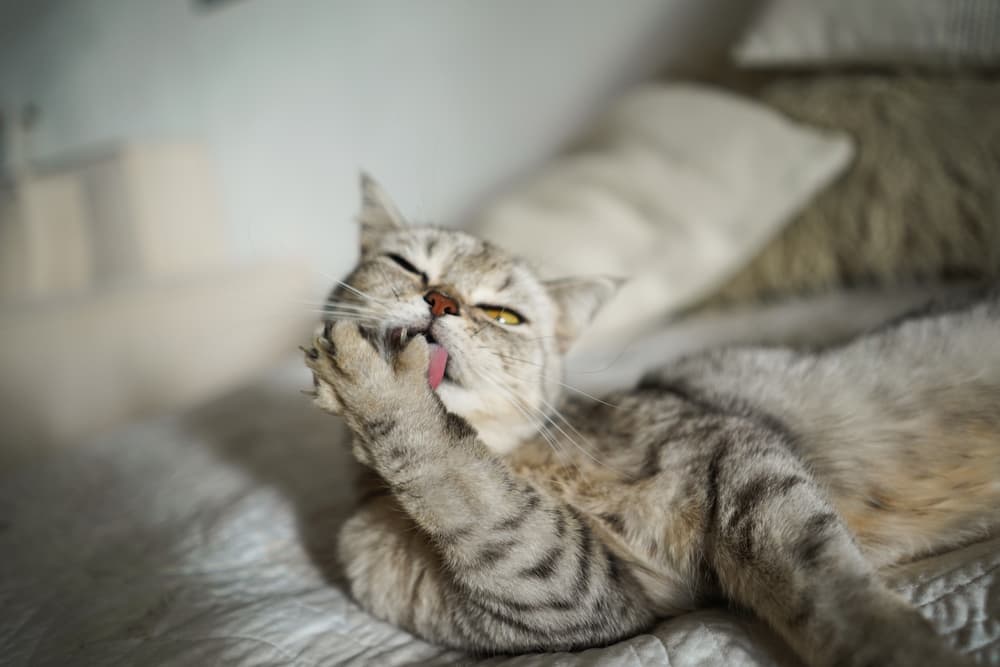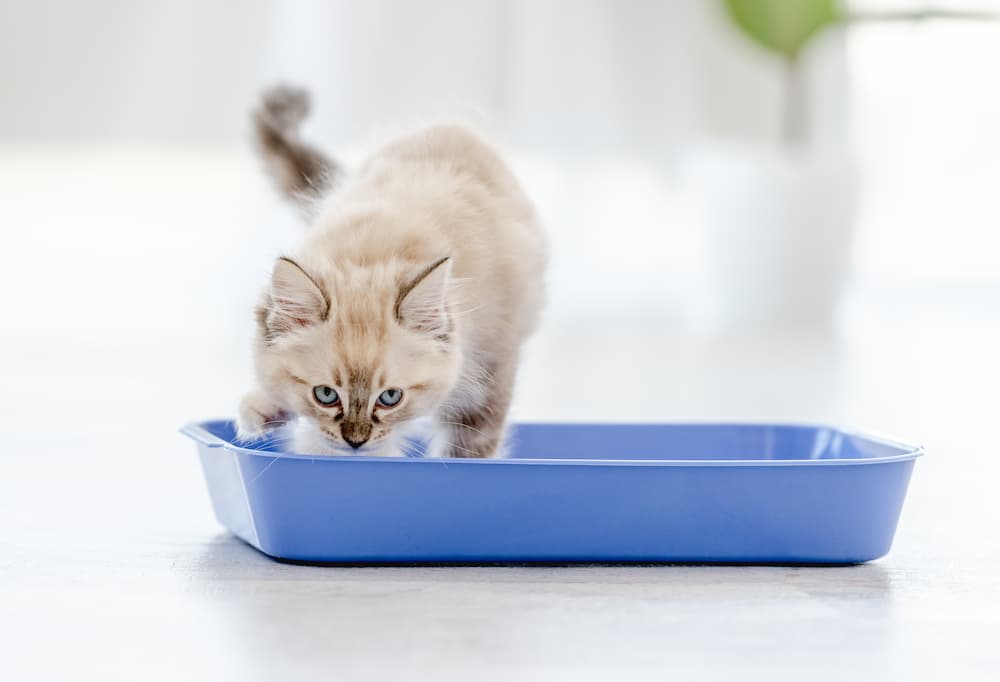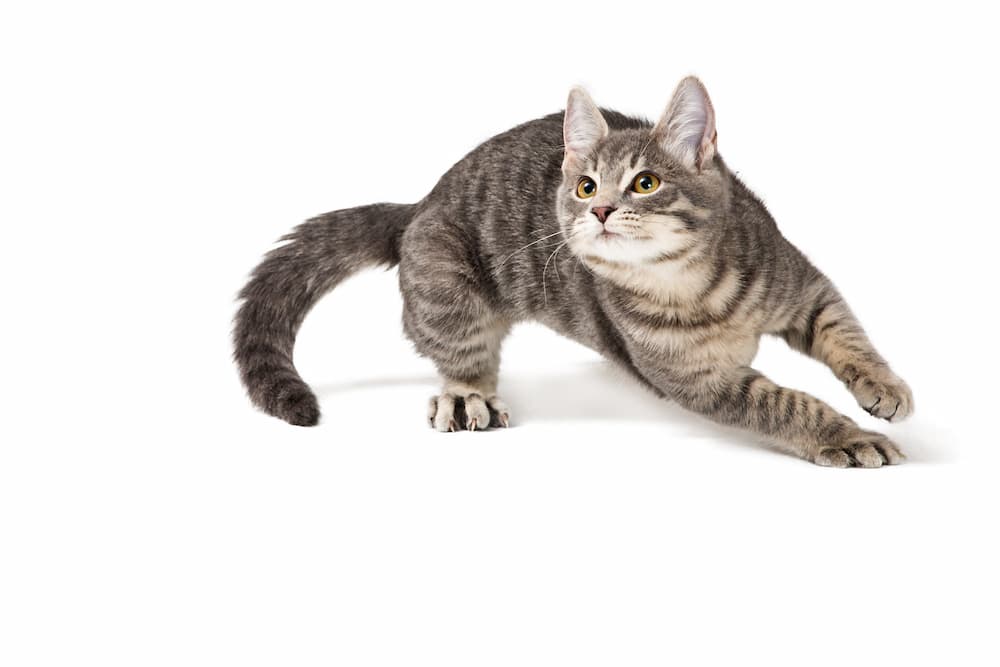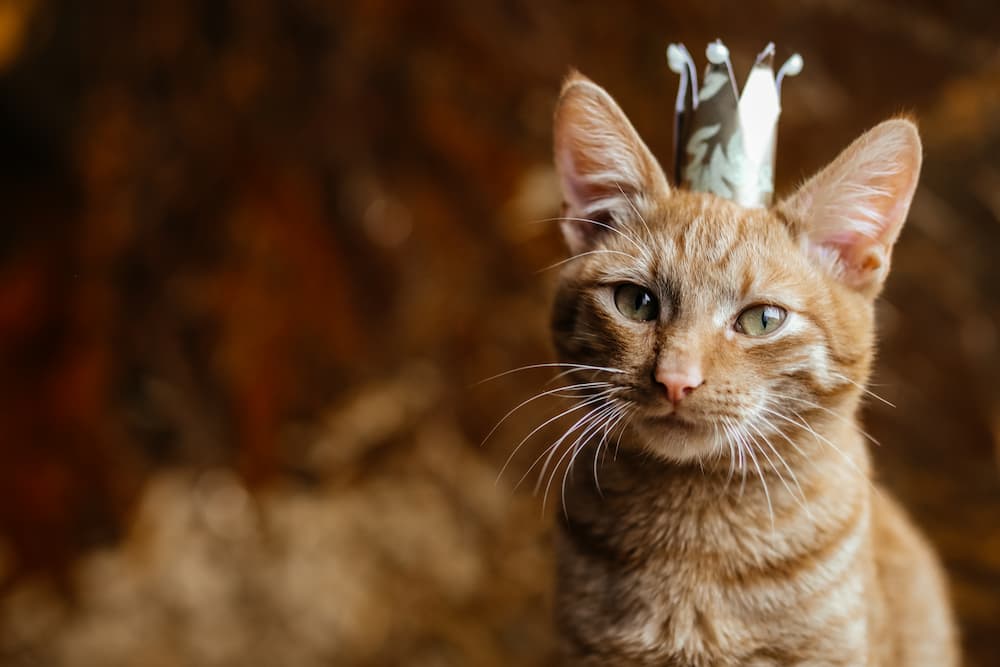Everyone would agree that cats are by nature, very stoic animals – they hide their pain on purpose and they are notoriously good at it! It’s no wonder pet owners sometimes easily miss the common signs of pain or discomfort in their feline friends.
Cats are so good at hiding pain that when it becomes obvious, it is often severe. That’s why you should know what signs to look for to know if your cat is in pain.

Since cats cannot come to you in the same way a child can and complain about being physically hurt, you must pay close, careful attention to the many subtle signs, as well as routine and behavioral changes that could be a red flag. Once you suspect your little kitty is in pain, don’t think twice – just get him to the nearest vet.
How to Know if Your Cat is Hurting
Vocalizing and facial expression.
Your cat may start expressing her pain through abrupt or relentless meowing, hissing, purring, and even growling. Try to pay attention to her facial expression as well. You most likely will see a vacant stare matched with grimaces and furrowed brows, a sleepy look paired with glazed, wide eyes, enlarged pupils and flattened ears, and a tendency to pant, even when at rest.
In addition, behavior changes can also be detected if your usually-friendly cat is in pain. She may act out of character and bite. On the contrary, a typically standoffish cat may seem friendlier if he or she is unwell.
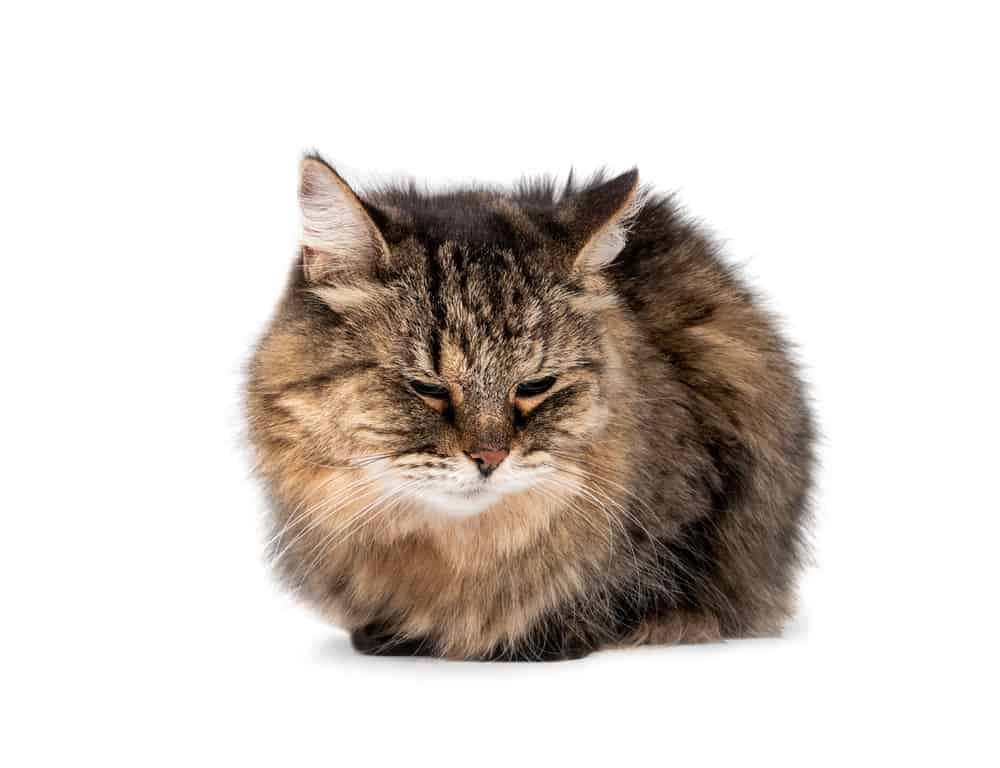
Changes in daily habits.
You might have an idea that something’s wrong if your furriest friend suddenly withdraws from social interaction. If he shows loss of or decreased appetite, displays changes in sleeping patterns, drinks too much or too little. Or, he seems to fail to use the litter box, urinates frequently, and tends to not groom herself; looking rather unkempt. She may also excessively lick, bite, and/or scratch a particular body part, usually the injured area. These are all signs of injury or illness and should not be ignored.
Variations in activity level.
You may suspect your cat has some form of discomfort if she becomes restless, appears reluctant to move around, seems to have trouble getting up from a laying position, trembles or shakes, limps, avoids leaping as high, tends to seek more attention, hides, and/or refuses to be petted or handled. A cat in pain may also be spotted through her unusual posture: laying with feet underneath, tucked in abdomen, or arched back.
How to Treat a Cat in Pain
Never try to treat your cat’s pain yourself. Please keep in mind that many forms of pain relief used by humans, like ibuprofen (Advil) or acetaminophen (Tylenol), are dangerously toxic to cats.
Because pain occurs for lots of different reasons, this means that there are just as many different factors to consider and suitable treatment options to take depending on the diagnosis. It’s best for you to consult your vet as they’re in the best position to recommend the diagnostic and treatment plans that will help your beloved buddy stay as comfortable and pain-free as possible.
The Catington Post is reader-supported. That means, if you make a purchase through links on our site, we may earn an affiliate commission. All images and names which are not the property of The Catington Post are the property of their respective owners.

